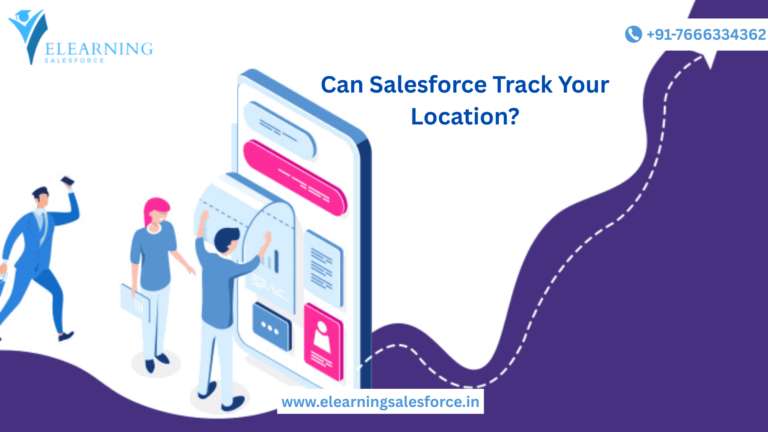Have you ever wanted to create your own business app but believed that only developers with years of coding experience could do it? What if we told you that creating something strong and influential doesn’t require you to be an expert in technology?
You can create an app on the Salesforce Platform if you have an idea. Whether you’re a firm employee, an aspiring professional, or simply interested in the workings of apps, this article is for you.
One app at a time, let’s start you on the path to financial literacy, professional development, and creativity.
Why Build on the Salesforce Platform?
The world is moving fast—automation, cloud computing, and digital experiences are no longer optional. They’re the new normal. Businesses need tools that adapt to their specific processes, and that’s where custom apps come in.
With Salesforce, you can:
- Digitize manual tasks
- Improve team collaboration
- Track leads and sales better
- Deliver smarter customer service
- Grow your career in a booming CRM market
Did you know? Salesforce is projected to remain the #1 CRM platform through 2030, with a massive ecosystem of job opportunities.
What is a custom app in Salesforce?
A custom app is a collection of components—objects, tabs, dashboards, reports, and workflows—tailored to meet specific business needs. Think of it as your mini software running inside Salesforce.
For example, you can create:
- A Recruitment Tracker for your HR team
- A Sales Incentive Calculator for the sales department
- A Customer Feedback Tracker for your support team
And guess what? You can build all this without writing complex code (hello, low-code/no-code).
Step-by-Step: How to Build Your First Custom App
Here’s a simple walkthrough to help you get started:
Step 1: Log in to Salesforce
Start with a free Developer Edition if you’re just beginning. It gives you access to all tools without risk.
Step 2: Use the App Builder
Head over to:
Setup → App Manager → New Lightning App
Give your app a name and description.
Step 3: Add Navigation Items
Add objects (like contacts, leads, and custom objects) to the app’s navigation bar for easy access.
Step 4: Create Custom Objects
Need to track something unique like “Student Submissions” or “Maintenance Logs”? Go to:
Object Manager → Create → Custom Object
Give it fields like text, number, picklist, or date.
Step 5: Automate Using Flows
With Salesforce Flow, you can automate actions like sending an email or creating a task when something happens.
Step 6: Customize UI with Page Layouts
Drag and drop fields on the record pages to tailor what your team sees.
Step 7: Test, Launch & Share
Try it out with test data, refine it, and then share it with users in your organization.
Real-World Example
Imagine you work in an NGO that distributes educational kits. You could build a custom donation tracking app to:
- Monitor donations
- Record donor preferences
- Generate thank-you letters automatically
No external software is needed—just Salesforce and your vision.
Career Bonus: Learn & Earn
Learning to build Salesforce apps not only helps your team—it boosts your resume and opens doors to careers like:
- Salesforce Administrator
- Business Analyst
- CRM Consultant
- App Builder
Many companies are desperately seeking Salesforce talent—and it all starts with understanding the basics.
Pro Tips for Beginners
- Start small—build a simple app, then grow it
- Explore Trailhead—Salesforce’s free learning platform
- Join Communities—Forums, LinkedIn groups, or local meetups
- Document your journey—share your app ideas with others
Your Next Step Toward Success
Now that you know how to build a custom app, don’t stop here.
Building apps isn’t just about technology—it’s about solving problems and growing with the market. And you can be part of that change.
You may be like this:
Unleashing Automation: A Deep Dive into Salesforce Workflow Rules




